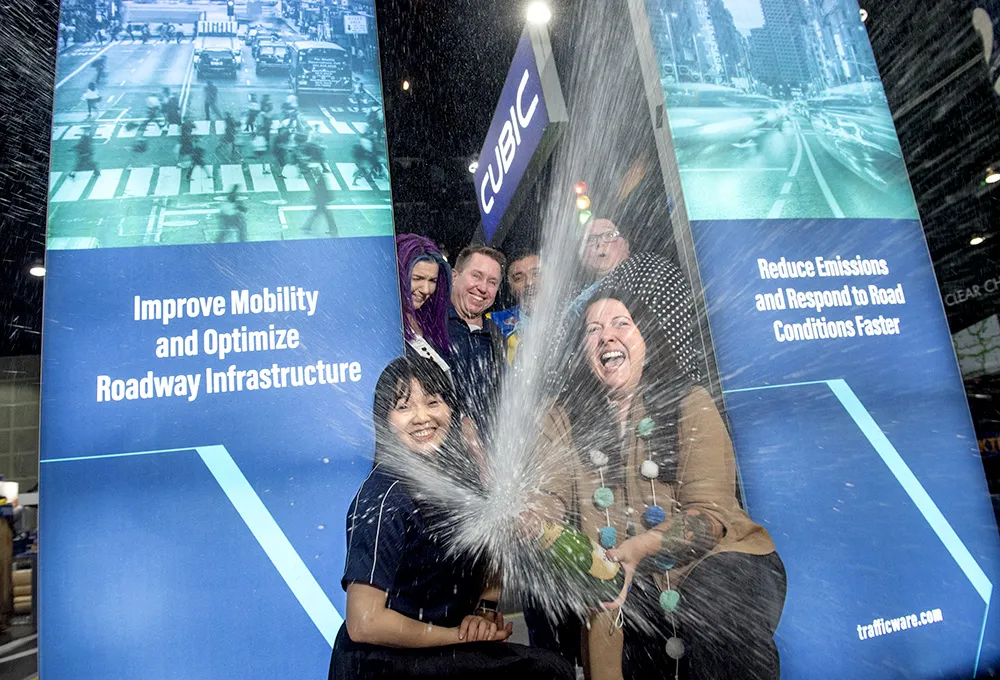Cubic Transportation Systems, the leading integrator of payment and information solutions and related services for intelligent travel applications, will be demonstrating its full range of integrated solutions and services for the future of traffic management at the 2015 ITS World Congress.
As the company points out, across the world, urban and regional transport networks face challenges that are set to intensify in the years ahead. Cubic said that these challenges can only be addressed with a truly holis
July 31, 2015
Read time: 2 mins
As the company points out, across the world, urban and regional transport networks face challenges that are set to intensify in the years ahead. Cubic said that these challenges can only be addressed with a truly holistic approach to multi-modal transport management that effectively analyses how transport infrastructure is performing and uses intelligent insights from a wide range of data to bring operations to the peak of performance.
Cubic has drawn on its long experience in transport revenue collection and ITS to inform the development of systems and solutions that seamlessly unite across all modes of travel, real-time and predictive traveller information. The company said that these truly integrated intelligent transport solutions are coming together through its vision – NextCity – enhanced by the company’s
Cubic will show how the technology to bring about revolutionary change already exists, and is in operation in cities around the world – that change is underway and the benefits are being felt already.










